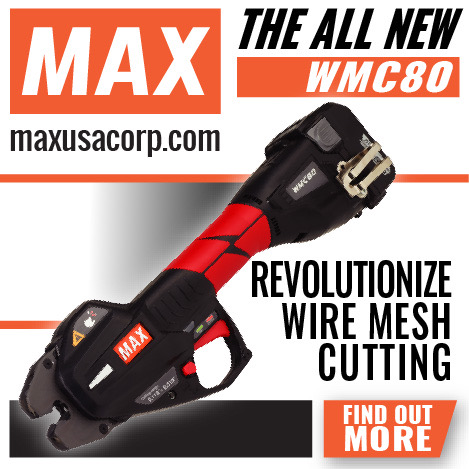Blogs: What does IP55 really mean on the job site?
Larson Electronics presents an overview of IP ratings, waterproof protection and submersibles.
Contrary to popular belief, waterproof equipment, such as lights or industrial cameras, can be damaged by water – depending on its rating. The term “waterproof” does not necessarily allow people to submerge equipment in deep water for long periods of time. That’s because waterproof protection is subject to specific Ingress Protection (also known as International Protection) tiers, including IP55, IP67 and IP69K.
These IP ratings, defined in international standard EN 60529 (British BS EN 60529:1992, European IEC 60509:1989), dictate the level of waterproof protection, in terms of depth of immersion, exposure to water jets and temperature.
Breaking Down IP Codes
IP codes consist of two primary components: solid particle protection (first number, 0-6) and liquid ingress protection (second number, 0-9). Some IP ratings, like IP69K, come with a single letter, which dictate other protections available for the classification.
The first digit indicates the following:
0: No protection
1: >50mm; protection from solid objects
2: >12.5mm; fingers or similar objects
3: >2.5mm; tools, wires
4: >1mm; wires, screws, large ants
5: Dust Protected; thorough but incomplete protection from dust
6: Dust Tight; complete protection from dust and contact
The second digit indicates the following:
0: No protection
1: Protection from dripping water
2: Protection from vertically dripping water, tilted at 15 degrees
3: Protection from spraying water up to 60 degrees
4: Protection from splashing water, all angles
5: Protection from water jets, projected by a 6.3mm nozzle, all angles
6: Protection from powerful water jets, projected by a 12.5mm nozzle, all angles
7: Immersion up to 3 feet
8: Immersion beyond 3 feet (hermetically sealed)
9K: Protection from close-range pressure and high temperatures
Some IP ratings feature a third number, which refers to protection from mechanical impacts. This number is usually left out and is not part of IEC 60529. As for the last letter in some IP ratings: F (oil resistance), H (high voltage), M (device moving during tests), S (device standing during tests) and W (weather conditions).
IP67, IP68, IP69K
Based on the above, we can now get a better understanding of an equipment’s waterproof capabilities. For example, IP67 (one of the most common IP ratings) means that the unit is completely protected from dust (referencing the first digit, 6) and may be immersed in water up to three feet or one meter (referencing the second digit, 7). IP68 simply extends the immersion features of IP67, allowing for deeper immersion beyond three feet or one meter.
The highest rating one could possibly achieve is IP69K. This superior IP rating suggests complete protection from dust and protection from steam-jet cleaning (water temperatures up to 80 degrees Celsius). Some regulations, including IEC 60529, refer to the testing of IP69K as IPx9.
NEMA and Submersibles
Another indication of an equipment’s waterproof capabilities includes NEMA ratings. Specifically, NEMA 6 and 6P ratings allow objects to be completely submerged in liquids (water or oil). The numerical ending dictates the duration of exposure, with 6 referring to temporary submersion and 6P referring to occasional, prolonged submersion. It is important to consider that both NEMA 6 and 6P are not intended for continuous, long submersion. Lastly, NEMA 4 and 4X indicates a watertight enclosure. The “X” in 4X refers to a heightened level of corrosion resistance.
To conclude, next time you see the term “waterproof” on a label, it might be worth digging a bit deeper into the IP rating (typically found in the manual or on the equipment itself) to understand how much exposure to water or dust the unit can take. This precautionary step could extend the lifespan of your lighting equipment and improve safety during operation.
Click here to read the blog and learn more.
Andrew Holland, Larson Electronics, February 14, 2017.
















